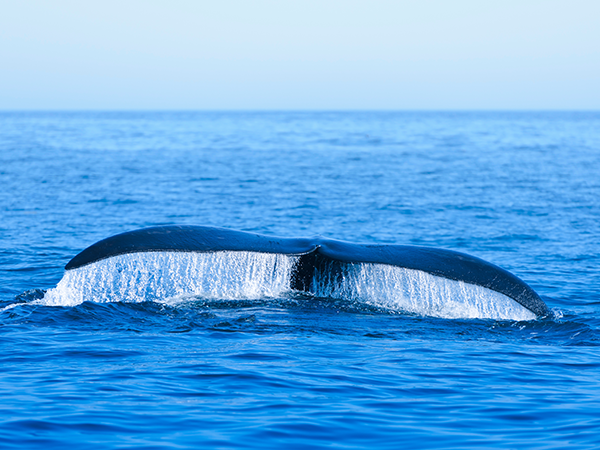Which marine creature is 1000x more effective at capturing carbon than a tree?

A whale.
Marine biologists have revealed that whales — especially the great whales — play a significant role in capturing carbon from the atmosphere. Amassing carbon in their bodies throughout their long lives, a great whale can sequester 33 tons of CO2 in their lifetime. When they die, they sink to the bottom of the ocean, removing that carbon from the atmosphere for centuries. A tree can absorb up to 48 pounds of CO2 a year highlighting the incredible carbon capture potential of whales.
Whales are part of the Blue Economy – the “sustainable use of ocean resources for economic growth, improved livelihoods and jobs, while preserving the health of ocean ecosystems” (World Bank, 2017). Financing the Blue Economy can take many forms involving fisheries, aquaculture, maritime transportation, waste management, tourism, climate change mitigation and adaptation, and renewable energy.
Source: A strategy to protect whales can limit greenhouse gases and global warming, Finance & Development
Matter of Facts are small insights into inspiring sustainable solutions.
These posts provide insight into our approach to impact investing, they are not investment research or recommendations to buy or sell any specific investments or participate in any investment (or other) strategy. Like most investments, other than cash, impact investing may involve risk to investors capital and the expected impact outcome or financial return may not be achieved. For further information see suitability section here.



